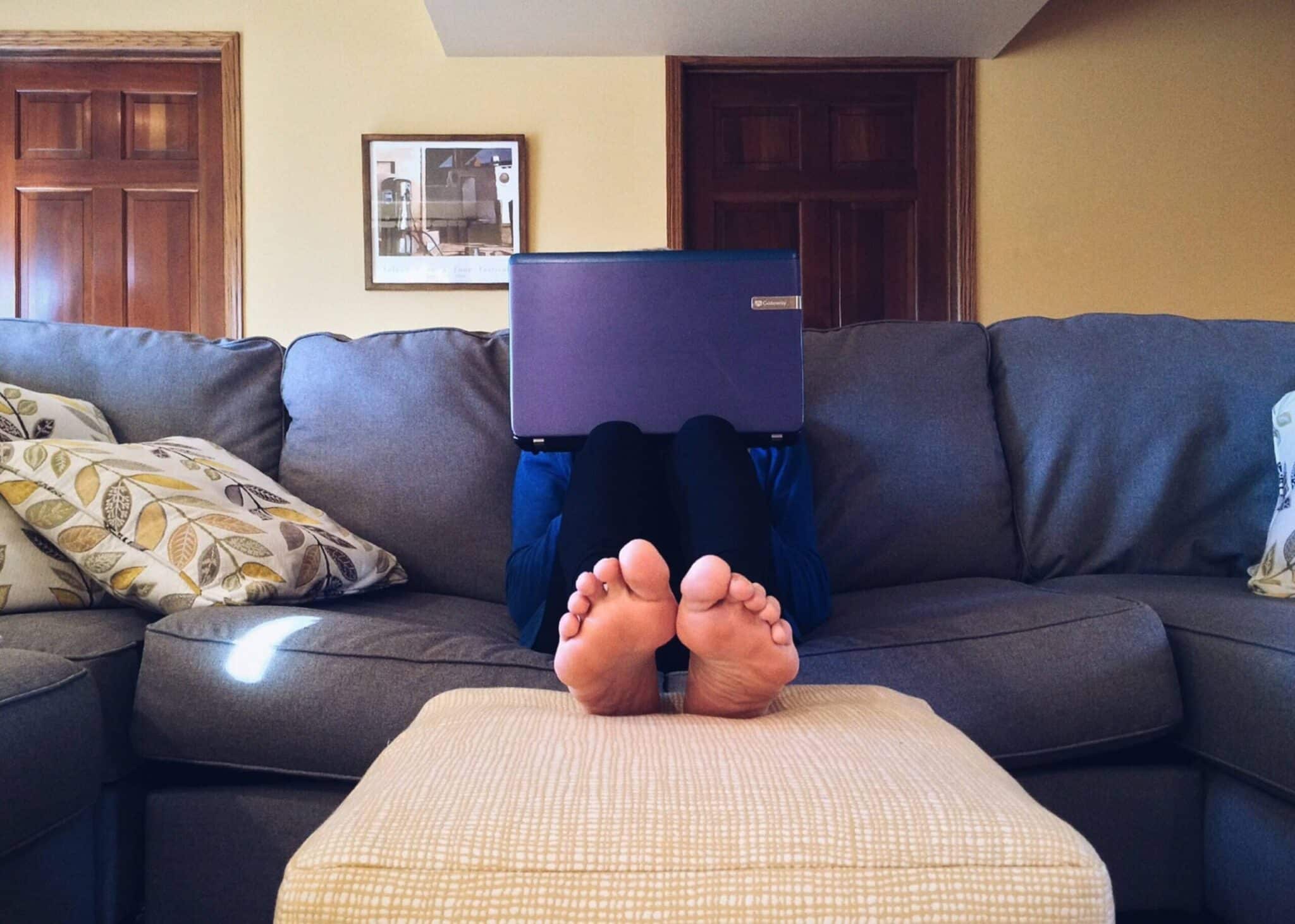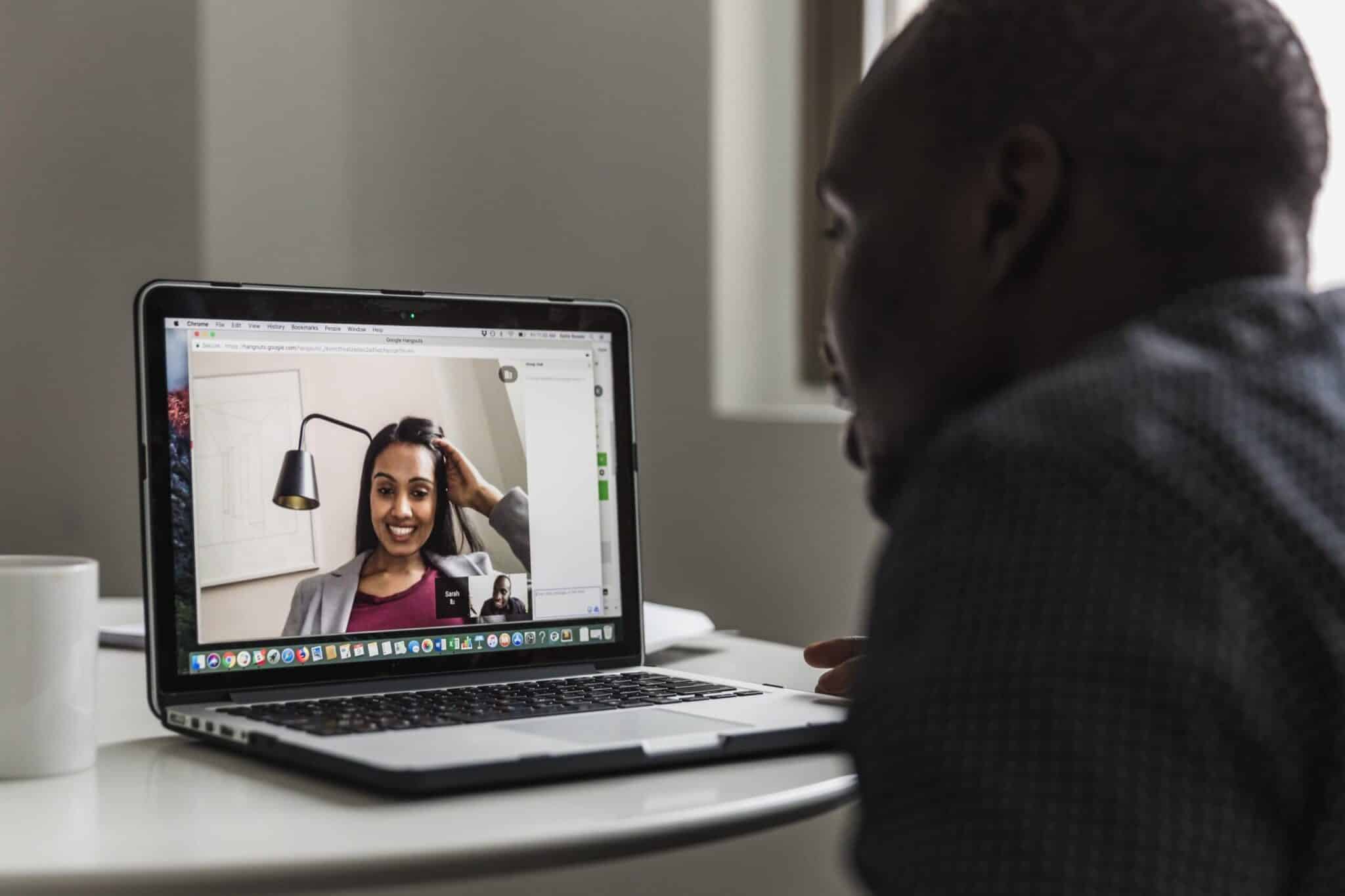The rise of remote work and the employee experience


There’s no denying employees in North America are feeling overworked and burnt out, but what can alleviate this problem?
According to the American Institute of Stress, 83% of US workers suffer from work-related stress, and 16% of workers have quit their job because of it. What’s more, a survey from Robert Half found that in Canada, 96% of senior managers claim their employees are experiencing burnout in some capacity.
In other words, the way we work needs to change. Even now, with a vast majority of employees working from home due to COVID-19, boundaries need to be put into place to prevent burnout and stress overload. Overworked employees, more often than not, result in subpar work and disconnected employee culture.
What is the employee experience? Employee experience refers to the way in which employees are treated, with the purpose of providing a good experience and treating staff as customers.
In this article, we explore the impact a positive employee experience can have on an organization, as well as how facilities managers (FMs) can alleviate experience problems no matter where employees are working.
Understanding the components of a “great” employee experience
A great employee experience goes far beyond ping pong tables, a “kegerator”, and a generous vacation policy. In fact, the Globoforce Workhuman Research Institute and IBM Smarter Workforce Institute define the employee experience to be, “a set of perceptions that employees have about their experiences at work in response to their interactions with the organization.”
It’s great to have amenities. But if employers are working their team to the bone and expect them to work long hours without breaks—or worse, enforcing the stigma that the employees that use those amenities are lazy—it doesn’t help the employee experience at all.
Creating a great employee experience goes beyond the walls of an office. It’s possible to maintain a positive company culture while embracing remote work, too. Employee experience boils down to how your team connects, whether they’re in the office or working remotely.
But what does the employee experience look like at a granular level?
- Work-life balance
- Autonomy
- Collaboration across teams
- Opportunities to build professional relationships with other employees
- Feeling valued by their employer
- Psychological and physical safety at work or while working
- Professional development opportunities
- Company culture
Having independence at work to do one’s job to the best of their ability—free from micromanaging—is essential to employee health. This may include flexible work tactics like hot desking, autonomy over one’s workload, and flexible work schedules.
How facilities managers can enhance and improve the employee experience
Every company is unique. Therefore, the solution to creating a positive employee experience might look different from one organization to the next.
There are several things FMs can do to create a happy and healthy workplace environment for employees.
Consider alternative ways of working
These days, “working” goes far beyond sitting in an office cubicle. Remote work, hot desking and hoteling, and a shorter workweek all are excellent alternatives to traditional workstyles while offering a unique solution to employee burnout. These alternative workstyles also improve autonomy, flexibility, and team collaboration. Let’s take a look at them in more detail.
Remote work
Technology enables teams to work together, no matter where they are located. Tools such as Slack, Google Drive, and more make it easy to connect with employees and ensure everyone is on the same page.
Because many companies were recently pushed into the world of remote work without tons of time to prep, several teams are still figuring out how to make this new style of work productive for their company.
For teams that are struggling to get into a groove with remote work, consider these small adjustments:
- If you have a long recurring team meeting each week, try switching to shorter, hyper-focused standup meetings that occur twice per week instead. This could also include a check-in time where employees share what they’re working on, what they’ve completed, etc.
- Make sure all employees feel confident about using the technology and tools you’ve selected for working remotely.
- Encourage employees to eat lunch away from their desks and form other healthy habits like frequent breaks and walks.
Helping your team continue to be collaborative, communicative, and transparent while working remotely is all the more critical given the COVID-19 circumstances.

Shorter workweek
We know that creating a positive employee experience isn’t limited to where employees work. Introducing a shorter workweek is a great way to add flexibility and boost productivity among your team.
For many companies, the idea of a 30-hour workweek may sound too good to be true. But there’s ample research that challenges the true benefits of sticking to a 40-hour workweek. As it turns out, if employees have fewer hours to work, they’re more productive.
In addition to productivity, there are many benefits to working a shorter workweek:
- Improved work-life balance
- Better sleep quality
- The opportunity to spend more time with family and friends
- Increased leisure time
- Higher level of focus and productivity
By cutting back the number of working hours per week, you give employees a smaller window to be productive, which can be beneficial.
Support your employees during times of uncertainty
Now, more than ever, it’s critical that employees feel supported, heard, and secure. Stress levels are high. People are not only having to adjust to working remotely but working while kids and spouses are home as well; therefore doing all you can to support your employees during these unpredictable times is vital.
Making time for employee activities that aren’t related to work can be great for relieving stress and keeping your company culture upbeat. Activities like online lunches or happy hours using Zoom and allocating time for employees to chat and check in with each other are great for keeping the team united. Also, offering employees services like virtual counseling or a stipend for a meditation or fitness app can be a great way to show employees you care about their mental and physical wellbeing.

A positive employee experience is the foundation of a successful company
Healthy and happy employees have a direct impact on the welfare of your organization. Facilities managers have many options when it comes to creating an excellent employee experience that emphasizes work-life balance, autonomy, collaboration, and flexibility.
Especially as the world navigates through the COVID-19 pandemic and the rise of remote working, creating a positive company culture should have a positive rippling effect throughout your organization.
If you’d like to learn more about how facilities management software can improve your company’s collaboration, contact us today and together we’ll find the perfect solution for your team.
Photo Credits: Daria Shevtsova, Andrea Piacquadio, Pixabay, Matthew Henry, Burst




